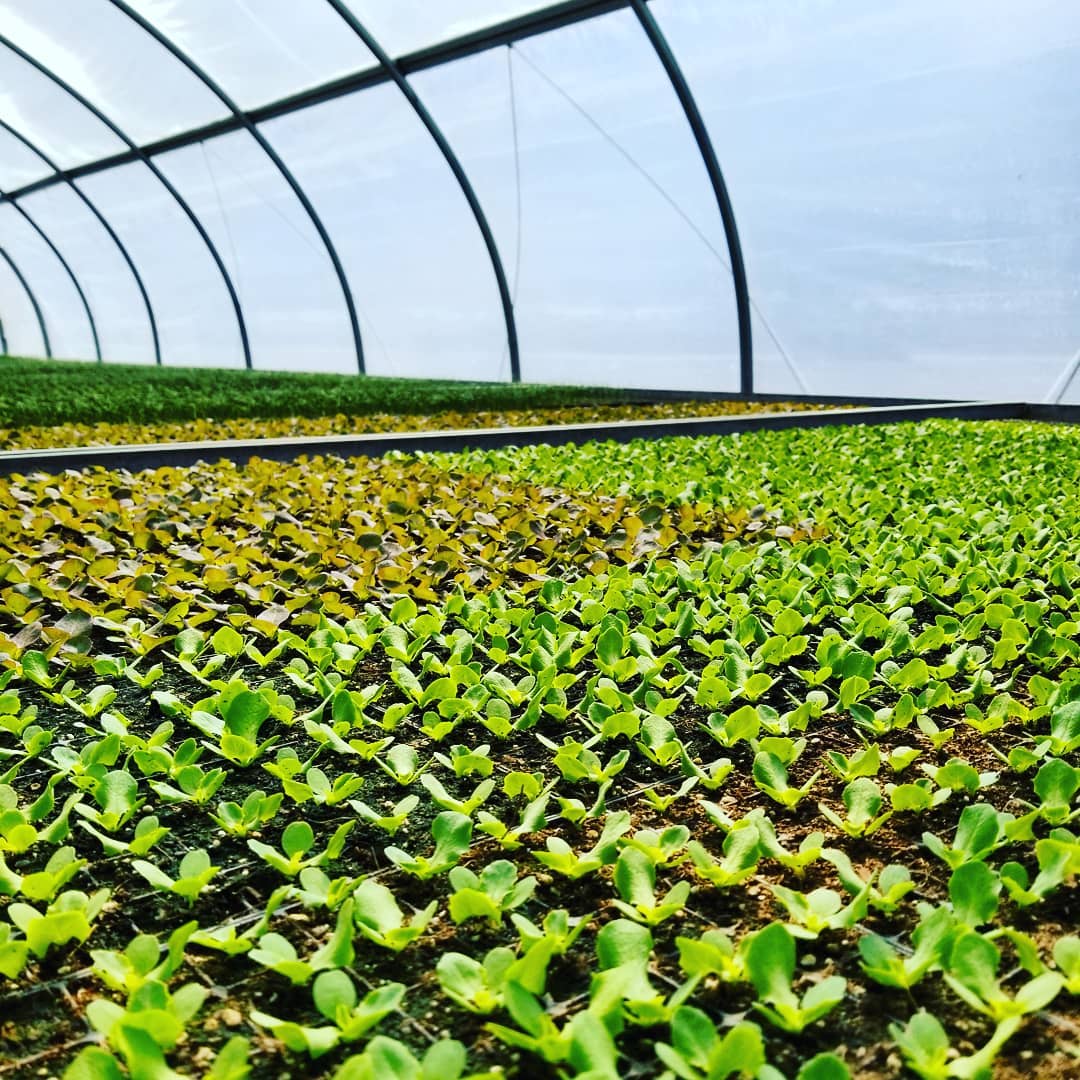April on the Farm
Spring is finally here! We started the season back at the end of February by seeding our first transplants in the greenhouse. Starting from the beginning, we always source the highest quality ingredients to grow our food. All of our seeds are 100% Certified Organic and non-GMO. Our favorite seed suppliers are High Mowing Seeds and Johnny's Selected Seeds. They sell seeds to farms like us and to small home gardeners too! This year we purchased our greenhouse soil from Vermont Compost and we are so happy with the quality. When planning out our seeding schedule, we work backwards from the projected date of harvest. The Boston lettuce we seeded the last week of February will be the lettuce we harvest for the first CSA shares of the season in June! (Look in the photo above...one of these babies will grow into a head of lettuce and it will appear in your CSA box in June. I wonder which one is destined for your dinner table?) We also work with the Biodynamic planting calendar which helps us to understand the subtle ways that the environment and wider cosmos influence the growth and development of plants. Scroll down to see lots of photos....
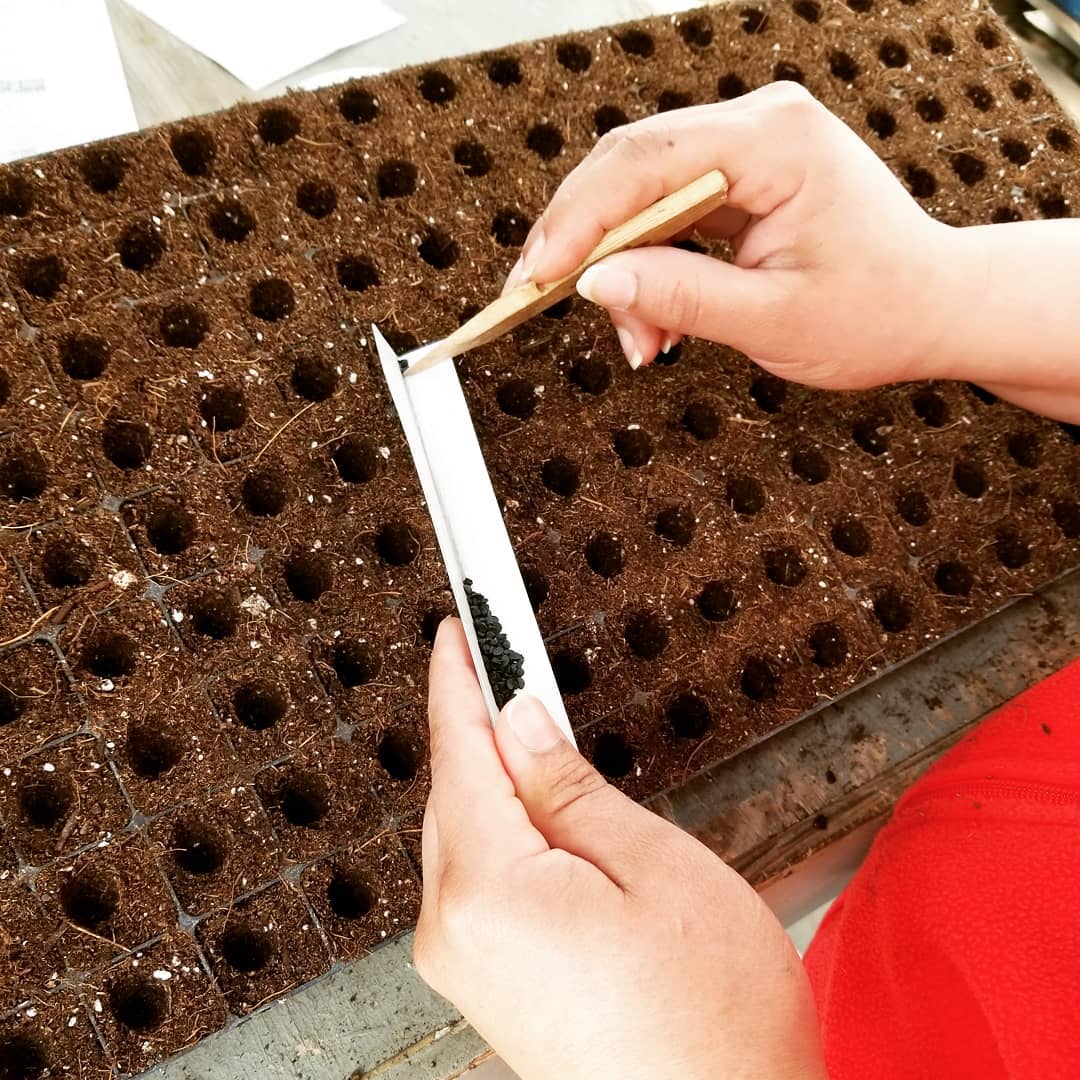
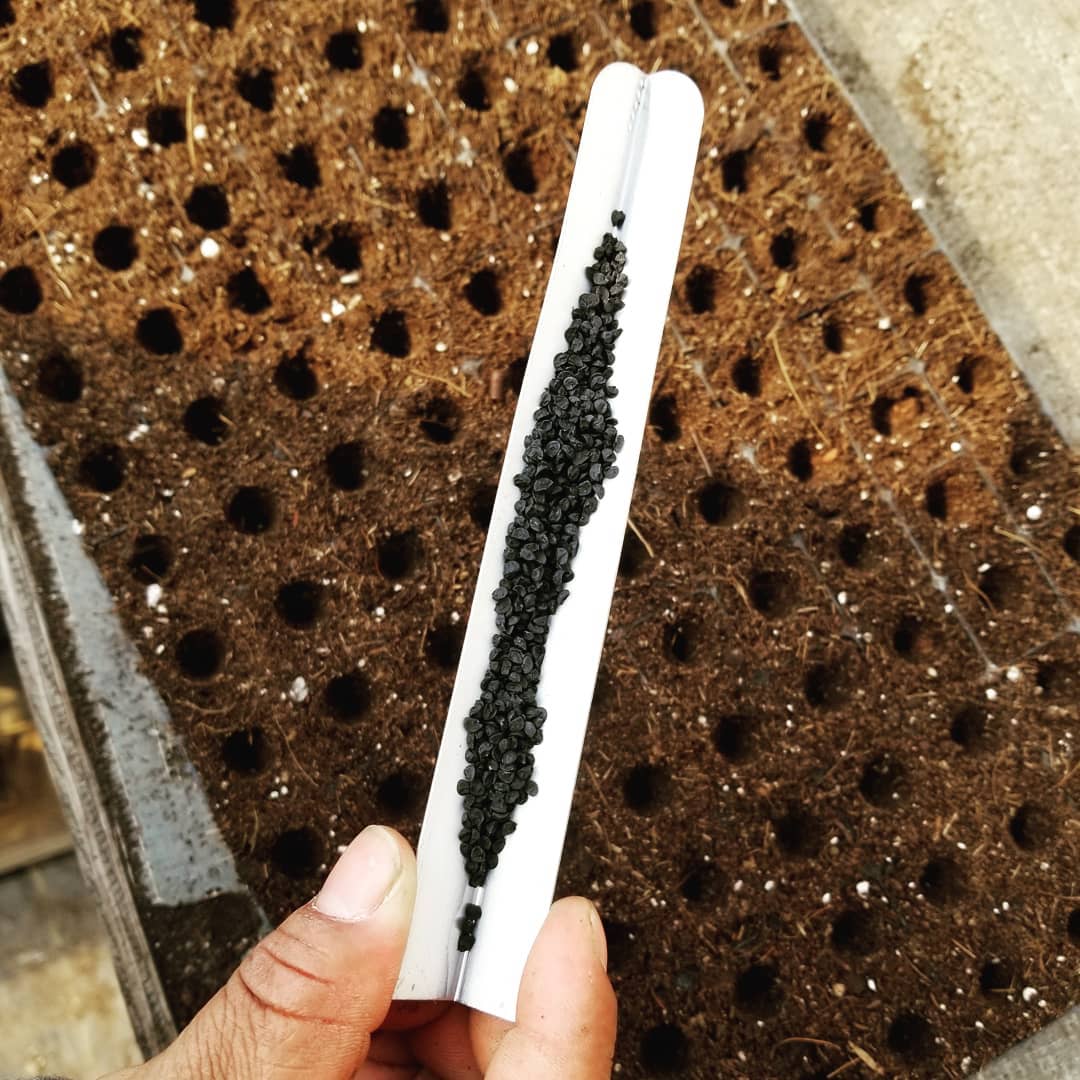
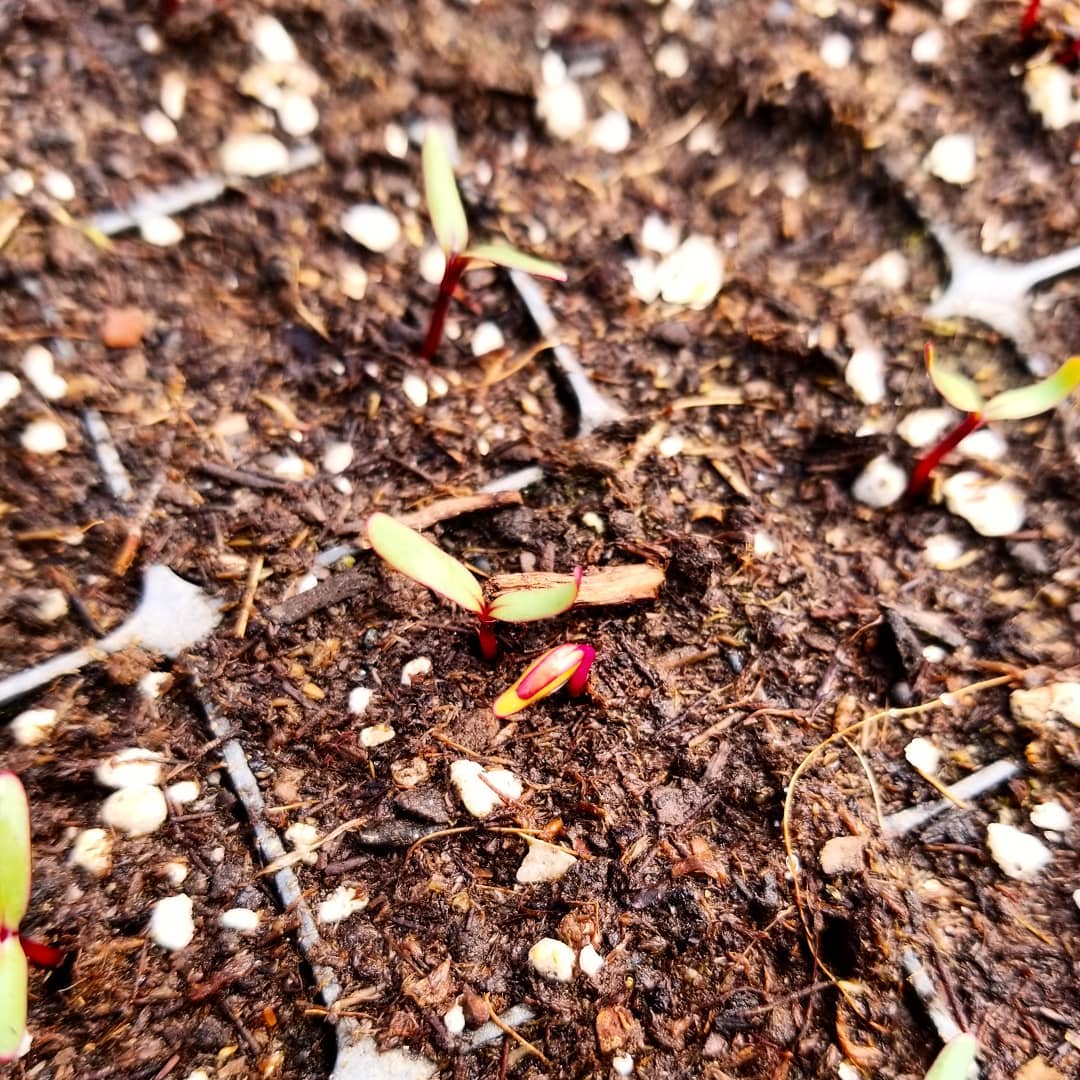
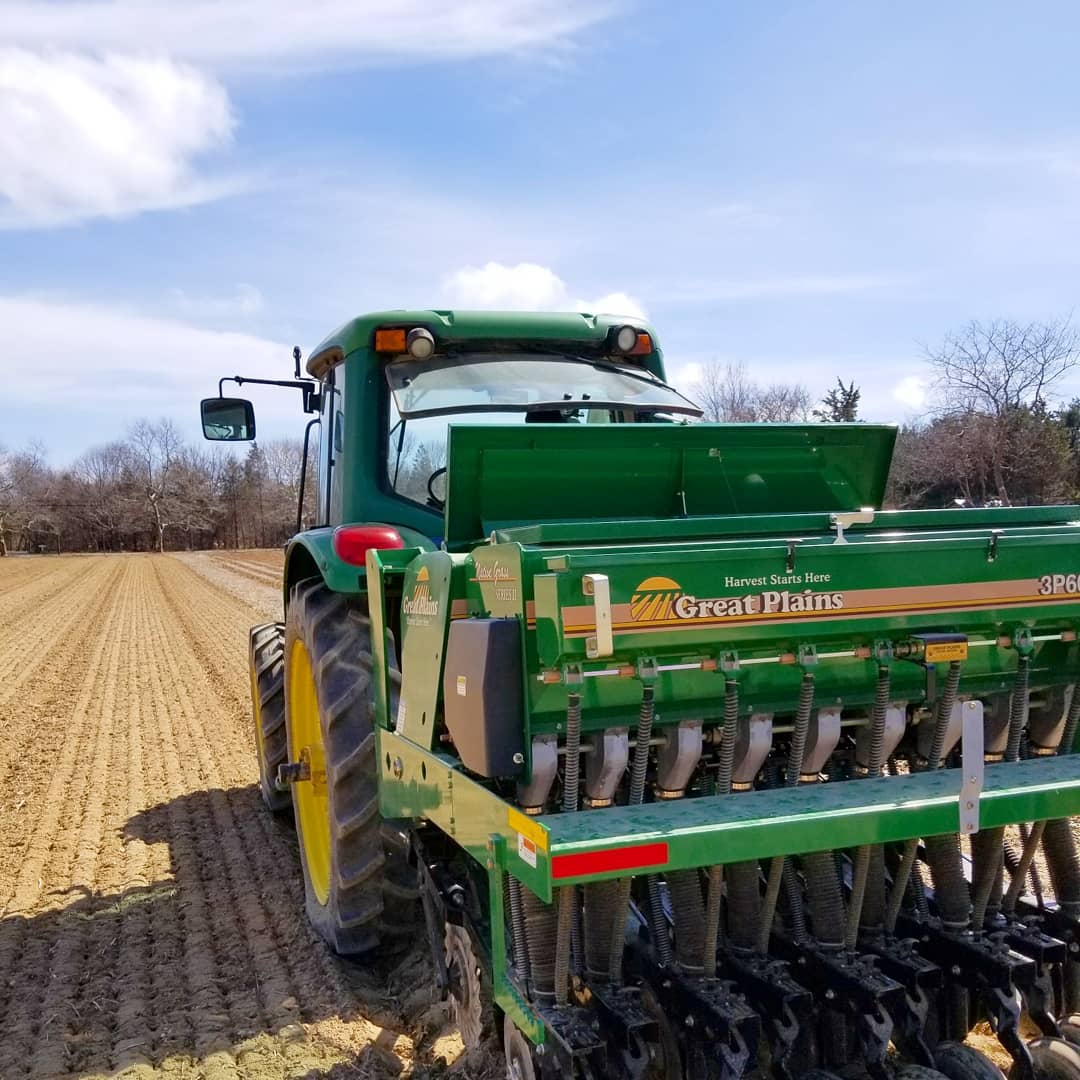

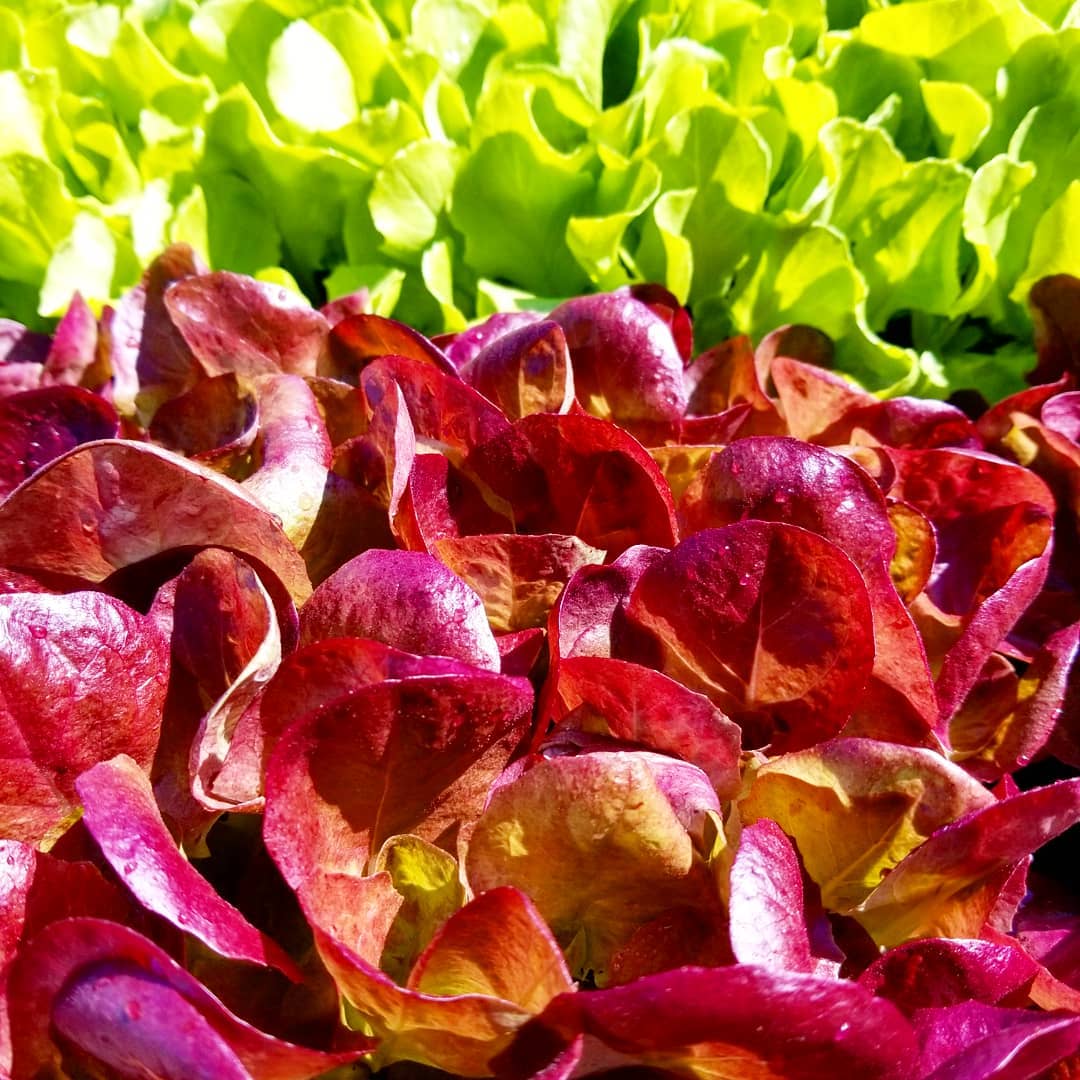
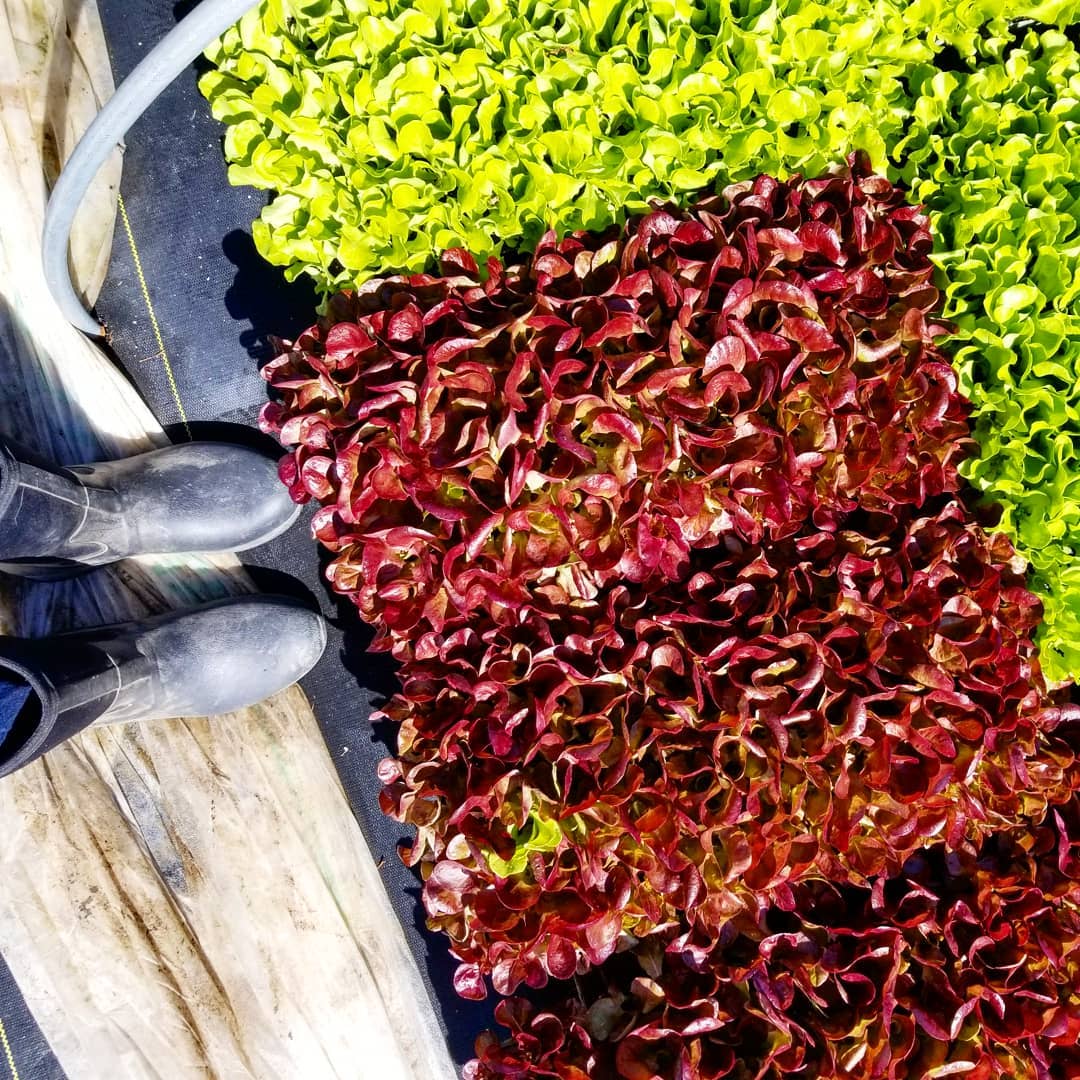
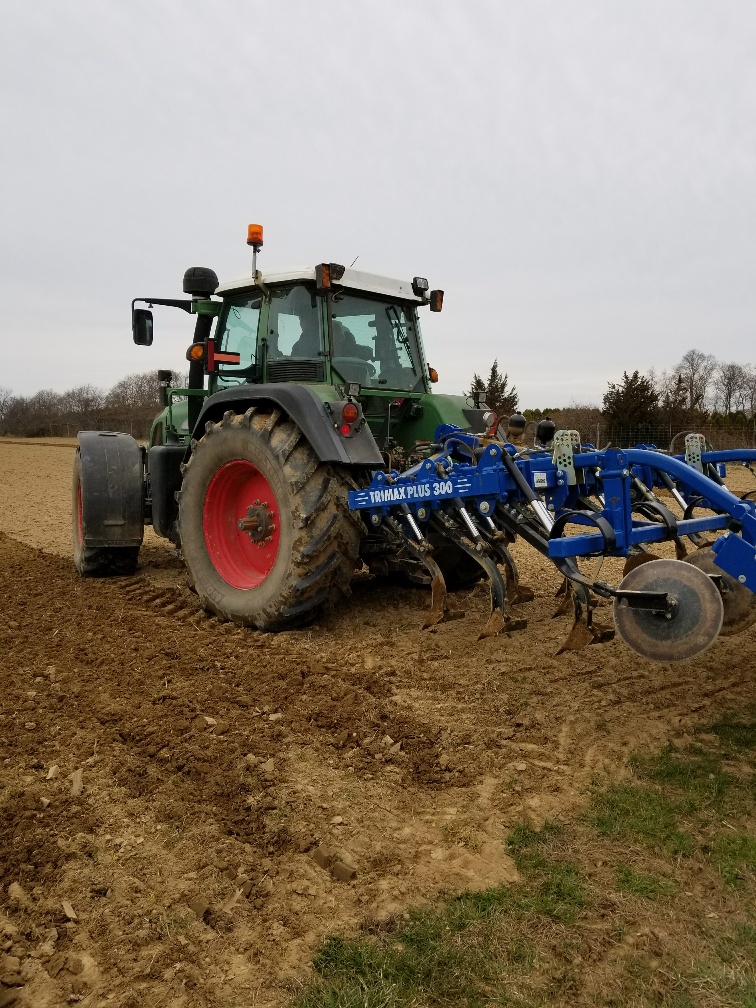
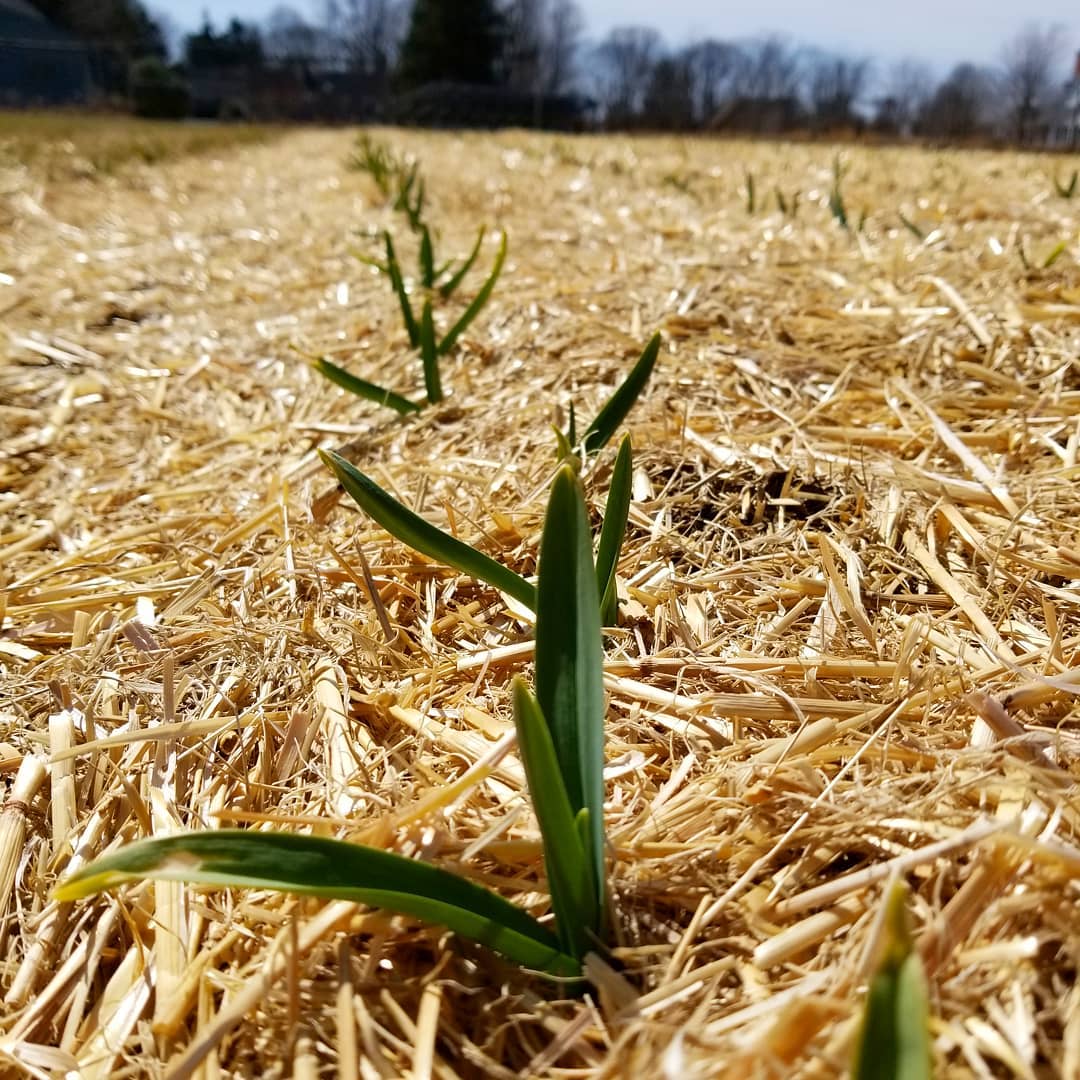
Here we are seeding flats of transplants. We fill our flats (trays) with soil, dibble out little holes in each cell and plant one (or two) seeds in the cell. We then carefully cover the holes with a thin layer of soil, water the flat gently and let it sit inside our hot greenhouse to germinate. The bottom right photo shows newly germinated beet plants. Welcome to the world, baby beets!
Meanwhile, out in the fields we plant spring cover crops. This is a mix of field peas and oats. The peas are legumes and they fix nitrogen in the soil. Essentially, we are growing our own fertilizer! The cover crops also provide biomass for the soil. The plants will grow quickly this spring and then we will mow them down and incorporate them into the soil in June. Then we can plant a summer or fall crop into this field for harvest later in the season. We like to think of cover crops as "complimentary" crops. When we don't have an edible crop planted in a field, we like to have it planted in cover crops so that the soil is always being protected, replenished and nourished. These cover crops are also wonderful habitats and sources of food for pollinators. When the peas bloom, you can hear the loud humming of bees coming from this field. It is beautiful...
Remember those seeds we were seeding into the flats at the top of this e-mail? This is what they look like now! Lush, healthy seedlings almost ready to head out into their new home in the fields. We now have three full greenhouses and the first round of plants are being moved out into the fresh air every day and back inside at night. This process is called "hardening off" and it get the plants accustomed to the outside weather before they are transplanted. If this process is skipped, they can die from transplant shock if moved directly from greenhouse to field.
Here's Farmer Matt and Farmer Galen using the Trimax to prep a field for planting. The Trimax is a special piece of tillage equipment that only disturbs the top 3 inches of soil. Most traditional plows dig deep into the soil and flip it upside down where the soil microbes and earthworms are exposed to the sun and die. Many farms, including organic farms, continue to farm in this invasive manner, essentially destroying the integrity of the soil with each pass of the plow. The soil should be left intact and disturbed as little as possible. That is what we call advanced tillage! WATCH A VIDEO OF THIS IN ACTION!
The first crop up is the garlic, peaking out from under the straw mulch! Garlic has a funny planting schedule. We plant it in the ground in November, it sits dormant in the cold soil all winter and then POP! it emerges first thing in the spring. We will harvest this garlic for you in July!

